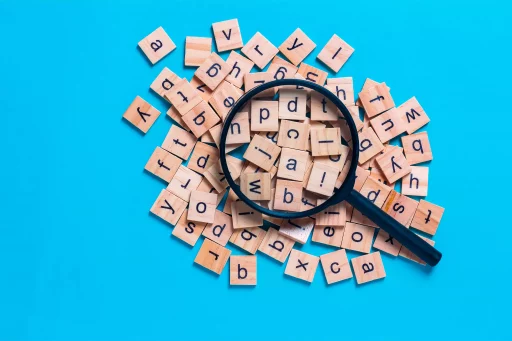Introduction
April Fools’ Day, celebrated on April 1st each year, is a day dedicated to pranks, jokes, and hoaxes. The origins of this whimsical holiday are somewhat murky, but its global observance is marked by laughter and mischief. This article delves into the history, traditions, notable examples, and the psychology behind April Fools’ Day.
History of April Fools’ Day
The exact origins of April Fools’ Day are unclear, with theories ranging from ancient Roman festivals to 16th-century European traditions. One popular theory suggests that the day originated in France when, in 1564, the Gregorian calendar was adopted and the new year was moved from April 1st to January 1st. Those who continued to celebrate on April 1st became the butt of jokes, thus giving birth to the tradition of pranking.
How is April Fools’ Day Celebrated?
Countries around the world observe April Fools’ Day, often with unique traditions. Common activities include:
- Jokes and Pranks: People play light-hearted tricks on each other, often resulting in laughter.
- Media Hoaxes: Newspapers, radio, and television often publish fake news stories to catch the public off guard.
- Social Media Shenanigans: Companies and individuals alike utilize social media platforms to share outrageous or humorous announcements.
Notable April Fools’ Day Examples
Over the years, several pranks have gained notoriety for their creativity and impact:
- BBC’s Flying Penguins (2008): The BBC reported on a documentary about penguins that had learned to fly, complete with fabricated footage.
- Google’s “Pigeon Information Alliance” (2012): Google claimed it was launching a service that involved using pigeons to deliver messages, which sparked numerous memes.
- Taco Bell’s Liberty Bell (1996): Taco Bell took out a full-page ad announcing it had purchased the Liberty Bell to rename it the “Taco Liberty Bell,” fooling many.
Statistics on April Fools’ Day
Research indicates that pranks can be both popular and well-received. According to a 2020 survey by the National Retail Federation:
- Approximately 51% of Americans planned to participate in some form of April Fools’ Day shenanigans.
- Reported pranks mainly comprised harmless tricks—62% of respondents said they preferred light-hearted humor.
- Businesses reported a 25% increase in social media engagement due to April Fools’ Day posts.
Psychology Behind April Fools’ Day
The practice of pranking taps into our social psychology. Pranks can enhance social bonds through shared laughter, but they also require a delicate balance—what is humorous to one may not be to another. Research indicates that:
- Shared laughter can reduce stress and improve relationships, making harmless pranks beneficial.
- In contrary, a poorly executed prank can strain relationships and lead to negative feelings.
Conclusion
April Fools’ Day acts as a reminder of the light-hearted side of our lives. It encourages creativity and humor while providing a break from seriousness. By participating in amusing pranks and sharing laughter, we strengthen our social bonds and cultivate joy.


